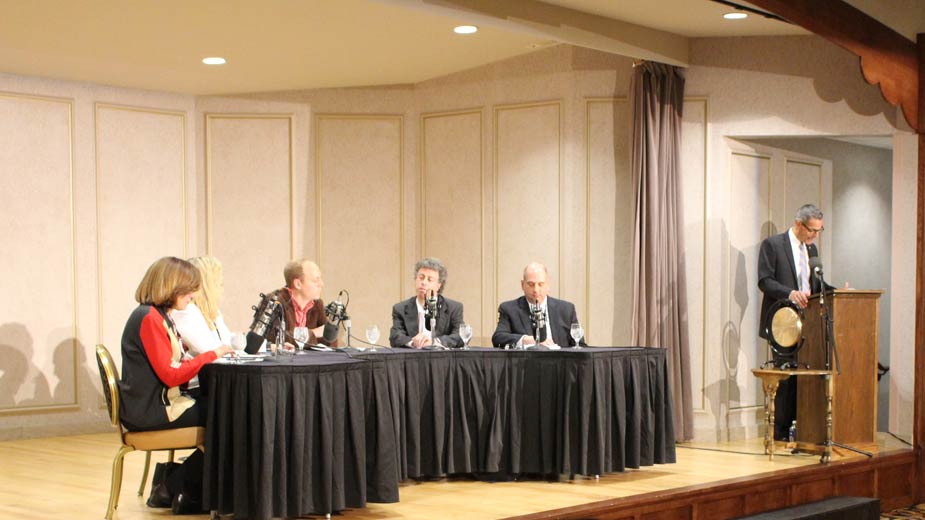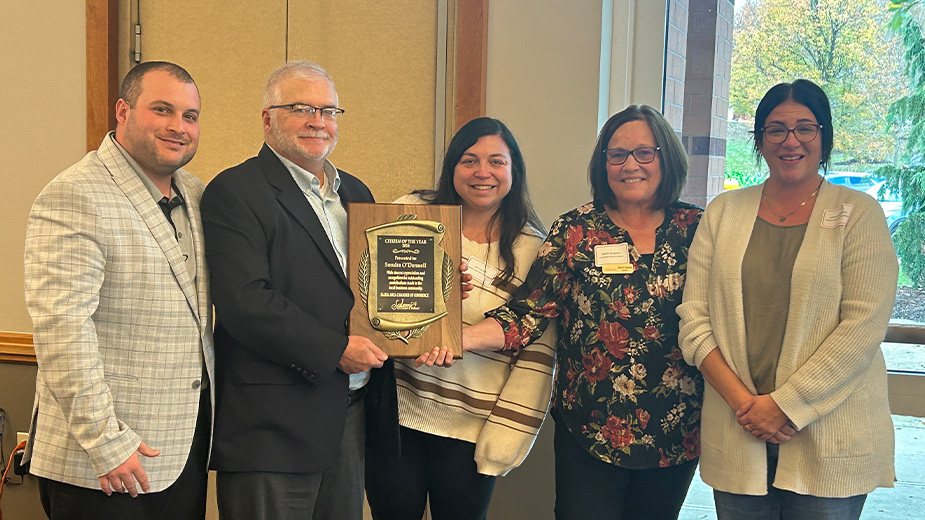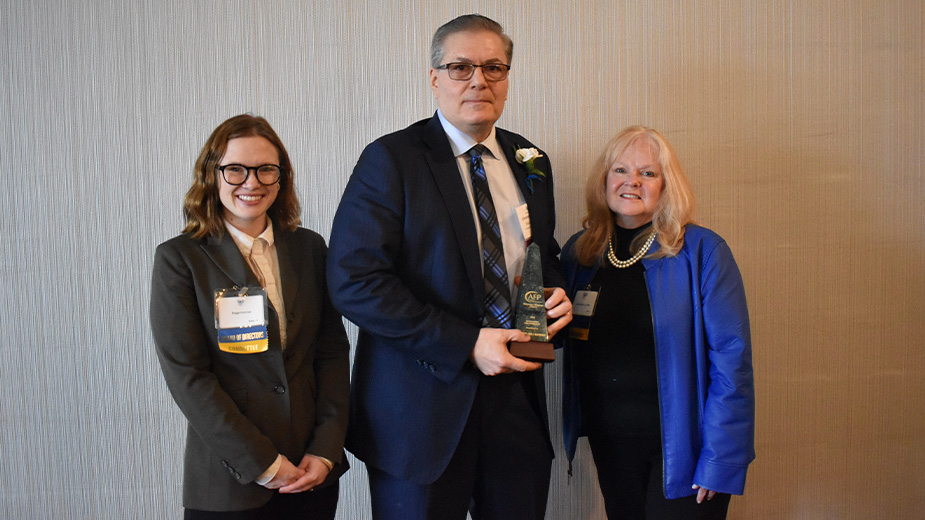City Club Panel Assesses Election’s Consequences
YOUNGSTOWN, Ohio – Changes in trade relations are among the likely consequences for business in the Mahoning Valley with the incoming administration of President-elect Donald Trump, several panelists said Monday.
Last night featured the City Club of the Mahoning Valley’s second forum, this one focusing on the results of last week’s election and the impact on the Valley.
Marilyn Geewax, national business editor for NPR at its Washington headquarters and one of five panelists at the event, noted trade was one of the issues Trump emphasized during his successful campaign and one consequence already has taken place.
“He’s still months away from taking office and already the Trans-Pacific Partnership deal is dead,” the Campbell native said. “That was a very major trade deal involving 12 countries, the United States and 11 others around the Pacific Rim, and if that deal’s already dead that’s a big change right off the bat,” Geewax said.
Also on the City Club panel were Karen Kasler, bureau chief for the Ohio Statehouse News Bureau; Doug Livingston, politics reporter for the Akron Beacon Journal; David Skolnick, politics reporter for The Vindicator; and Paul Sracic, chairman of Youngstown State University’s department of politics and international relations.
Trump said he is going to “tear up” the North American Free Trade Agreement, Geewax noted. “Whether that happens remains to be seen but it could have real consequences for this area because the Great Lakes is a real gateway between Canada and the United State,” she remarked.
“We’re huge trading partners and if you change the terms of trade, Canada’s not terribly far away from Northeast Ohio. It can change how some business is done, particularly in the auto sector,” she continued.
“Clearly his major issue during the campaign is a major issue in the Mahoning Valley, and that is the future of manufacturing and how U.S. trade policy can affect in either a negative or a positive way manufacturing,” Sracic affirmed.
“Trade is a very, very complex issue,” he continued. “It can cut both ways. We’re not sure exactly what Mr. Trump’s plans are in terms of, let’s say, renegotiating NAFTA [or] dealing with China, so we’re going to have to find out. We clearly are an important manufacturing region.”
The area is an important exporting region, exporting in excess of $3 billion worth of products annually, Sracic said. “So if we start a trade war, for example,” what will that do to the exporting industries in the Mahoning Valley?” he asked.
Sracic noted that while Trump voices opposition to TPP and Nafta, “he hasn’t told us what he doesn’t like.”
Geewax acknowledged that predicting the consequences of Trump’s presidency is difficult because on several issues, including the minimum wage he held “a number of different positions.”
In terms of appointments, probably none is more important than the Federal Reserve, Geewax said. There is stalk in Washington that Trump might force Janet Yellen to step down before her term as Fed chairwoman expires
Livingston, remarked that Trump’s initial picks for positions in his administration – National Republican Committee Chairman Reince Priebus as chief of staff and Steve Bannon, chief executive of the Trump campaign as chief strategist and senior counsel – represent the “cerebral and reptilian minds” of Trump.
“Priebus is “the antithesis” of the anti-establishment philosophy that Trump rode into his victory, he remarked. “It’s interesting that those two men are his first two picks,” Livingston said.
An Environmental Protection Agency chief under Trump is probably the “most interesting” pick because Trump has decried climate change as a hoax by the Chinese, Skolnick said. Relaxed rules for drilling might be seen as a boon by people in this area, “since we’ve been promised a fracking boom for five or six year now,” he noted.
Ohio followed its traditional bellwether status in the sense that it voted for Trump, Kasler said. The state “voted for Trump in bigger numbers than the national average, which is interesting considering there were questions about whether Ohio would maintain its bellwether state where it predicts what the rest of the nation is going to do,” she added.
In terms of what election forecasters missed – most projections indicated Democratic nominee Hillary Clinton would win, and she did win the popular vote – there was “clearly a quiet vote out there,” Sracic said.
“We knew that about 10% or 12% of the population remained undecided as we went from poll to poll and we knew that was twice as many undecided voters as we had four years ago,” Sracic continued. “That should have given us more caution as we read these poll numbers because there was more flexibility in it because there were more undecided voters.”
In addition, the number of people who don’t respond to polls – a persistent problem for polling – creates non-response bias, particularly when the non-respondents share a candidate view.
Copyright 2024 The Business Journal, Youngstown, Ohio.



